Barberpole
A barberpole is any period-2 oscillator in the infinite sequence bipole, tripole, quadpole, pentapole, hexapole, heptapole...
A barberpole of order n (where n is the number of cells that move, an integer ≥ 2) has 6+n cells (6 of which are its stator, n of which are its rotor), a square bounding box with side length 2n+1, and heat 2n. The monopole cannot exist in regular Life due to the would-be alternating cell having 2 neighbours, allowing it to survive to evolve into a long ship.
This sequence of oscillators was found by the MIT group in 1970.[1] The term is also used (usually in the form "barber pole") to describe other extensible sections of oscillators or spaceships, especially those (usually of period 2) in which all generations look alike except for a translation and/or rotation/reflection. Any barberpole can be lengthened by the reaction shown in barbershop.
Image gallery
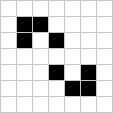 Bipole (Ethyl)
Bipole (Ethyl)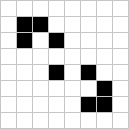 Tripole (Propyl)
Tripole (Propyl)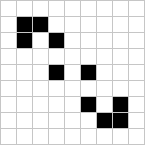 Quadpole (Butyl)
Quadpole (Butyl) Pentapole
Pentapole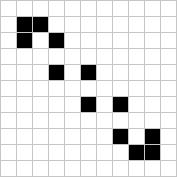 Hexapole
Hexapole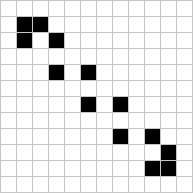 Heptapole
Heptapole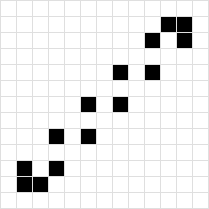 Octapole
Octapole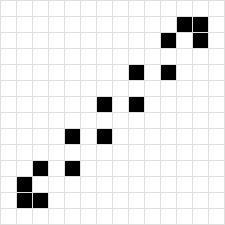 Nonapole
Nonapole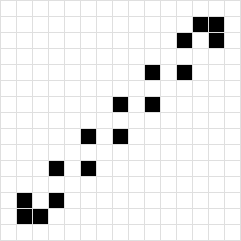 Decapole
Decapole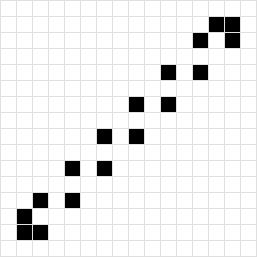 Undecapole
Undecapole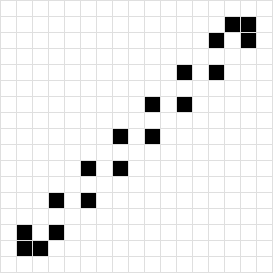 Duodecapole
Duodecapole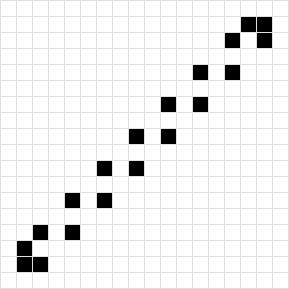 Tredecapole
Tredecapole
See also
References
- Dean Hickerson's oscillator stamp collection. Retrieved on March 14, 2020.